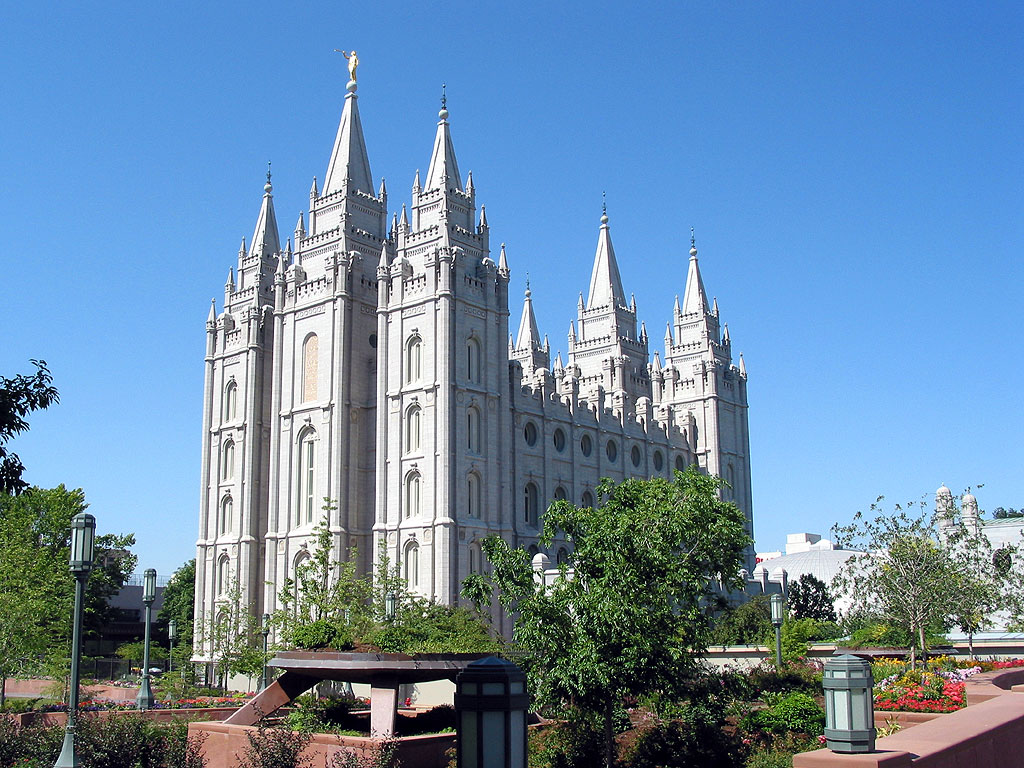The New and Everlasting Covenant
The New and Everlasting Covenant is the fulness of the gospel of Jesus Christ. It is everlasting in the sense that the gospel is eternal. While the gospel of Jesus Christ is not new to the earth, it has been restored again, or anew, after a period of apostasy when the fulness of the Savior’s gospel was not on the earth [1].
The New and Everlasting covenant includes all of the ordinances, or religious ceremonies, necessary for salvation and immortality. Among these ordinances are baptism, temple marriage, and other temple ordinances [2].
The New and Everlasting Covenant in Scripture
The New and Everlasting covenant has been present in every dispensation, or period of time, from Adam to the present. The New and Everlasting covenant is only new to this time period, and has been on the earth before. Several passages in the Bible support this:
In Numbers, the Lord spoke to Moses about Phinehas, a high priest:
- “And he shall have it, and his seed after him, even the covenant of an everlasting priesthood; because he was zealous for his God, and made an atonement for the children of Israel” (Numbers 25:13).
- “The earth also is defiled under the inhabitants thereof; because they have transgressed the laws, changed the ordinance, broken the everlasting covenant” (Isaiah 24:5).
- “Incline your ear, and come unto me: hear, and your soul shall live; and I will make an everlasting covenant with you, even the sure mercies of David” (Isaiah 55:3).
- “In that he saith, A new covenant, he hath made the first old. Now that which decayeth and waxeth old is ready to vanish away” (Hebrews 8:13).
- “And to Jesus the mediator of the new covenant, and to the blood of sprinkling, that speaketh better things than that of Abel” (Hebrews 12:24).
God has always covenanted with His children, and will continue to do so.
The New and Everlasting Covenant of Marriage
Many times the marriage covenant is mistaken for the New and Everlasting covenant. While marriage is one of the covenants included in the New and Everlasting covenant, it is not the entire New and Everlasting covenant.
Latter-day Saint revelation says, regarding marriage and the New and Everlasting covenant, “In the celestial glory [heaven] there are three heavens or degrees; And in order to obtain the highest, a man must enter into this order of the priesthood (meaning the new and everlasting covenant of marriage)” (Doctrine and Covenants 131:1–2). Members of The Church of Jesus Christ of Latter-day Saints believe that they must enter into the marriage covenant in order to be exalted to the highest degree of heaven.
Latter-day Saint revelation also explains, “And as pertaining to the new and everlasting covenant, it was instituted for the fulness of my glory; and he that receiveth a fulness thereof must and shall abide the law, or he shall be damned, saith the Lord God” (Doctrine and Covenants 132:6). In this verse, Jesus Christ is speaking about the New and Everlasting covenant being instituted for the fullness of His glory. The word “damned” in this case does not mean being relegated to hell; it means outside of the actual presence of God. The full presence of God is enjoyed by those who are exalted to the Celestial Kingdom, the highest kingdom of heaven. The lower kingdoms, the Terrestrial Kingdom and the Telestial Kingdom enjoy a portion of God’s glory, but not His full presence. (See 1 Corinthians 15:40–42 and Doctrine and Covenants 76.)
Plural Marriage and the New and Everlasting Covenant
Latter-day Saints do not practice plural marriage, and have not since 1890. The New and Everlasting covenant does not mean that Latter-day Saints must have more than one wife to be exalted in the highest degree of heaven. In some dispensations of time, plural marriage has been acceptable to God, as with the Old Testament prophets. Currently, God’s command is to have only one wife, so the New and Everlasting covenant of marriage is between one man, one woman, and God for people living at this time. For more information about this, please see Official Declaration 1.
